Strategic SEO tip: Optimizing conversions with Paid data


Some purists will always say that SEM (Search Engine Marketing) encompasses both SEO and Paid Search, but in the industry, SEM is considered as anything that involves paid search. Often, there are projects that work on SEO strategies and SEM strategies independently. From an SEO perspective, ignoring the data we’re getting from Paid would be a mistake.
In this article, we’re going to show you a series of SEO tips taking advantage of SEM data for you to consider in your strategies.
First step: extracting data
The first thing you need to do is extract keywords and a series of data from your Google Ads campaigns. The metrics that could be most useful to us would be: cost, impressions, clicks, conversion rate, conversion value, conversions, average CPC, and cost per conversion. This will give us a general idea of how conversions are performing by keywords.
If we have access, to extract this data we will have to go to the Google Ads panel, and in the left column, at the bottom, we will click on keywords. A table will be displayed with a series of metrics like the one we can see below:
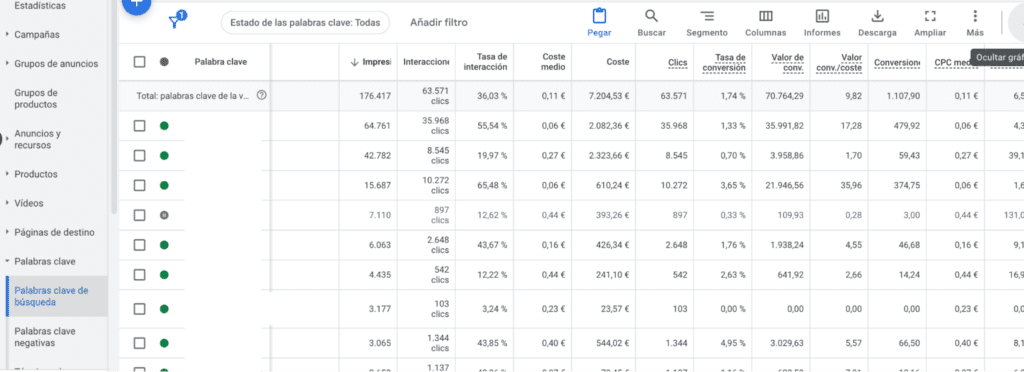

If any of the metrics we’re looking for aren’t available, we can add them from the «columns» button, located at the top right of the table.
Once we’ve checked that all the data is displayed, we export this content to a Google Sheets table. Here, we’ll need to delete the columns that aren’t of interest to us.
Now, we have to «clean» the keywords which, being extracted from Google Ads, will have brackets or signs like the «+». Simply do ctrl/command + F, then click on the three dots, and a «Find and replace» box will open. Here, we’ll include the brackets and the «+», one by one, to clean the text of the keywords. You could also do this all at once using Regex, but we’ll leave that for another time:
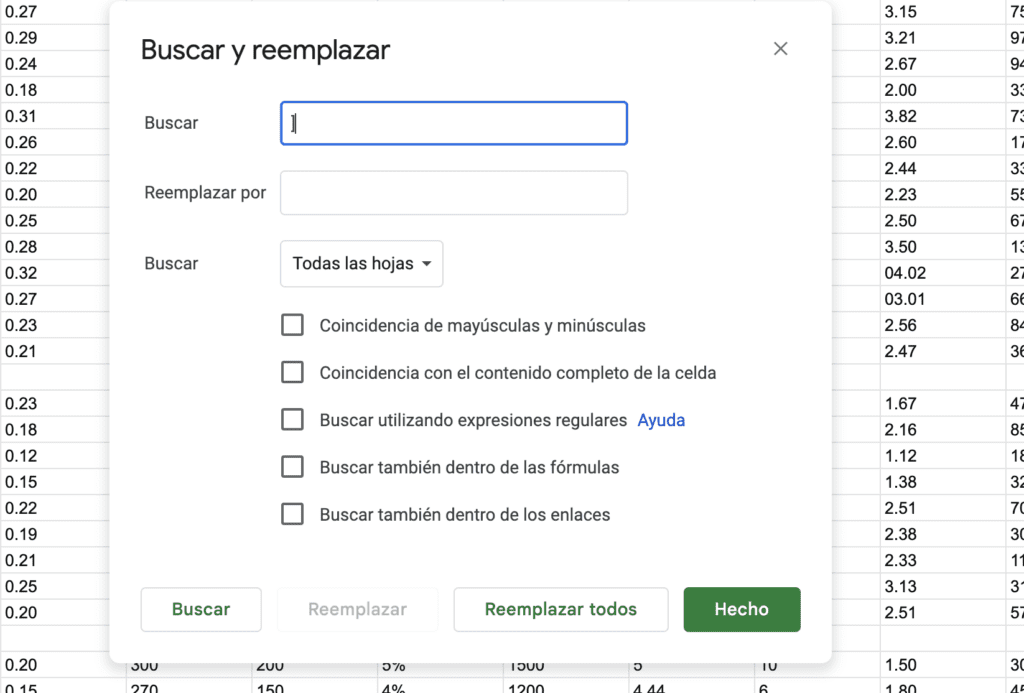

After this, we go to the project panel in Google Search Console and, in «Performance» or «Search Results», export the results from the last three months (to have the most current data). Remember to filter by the country where the Paid campaigns have been carried out. It’s pointless to extract data from campaigns in Spain if you then export data from Google Search Console that also includes other countries.
Transfer these data to the same Google Sheets where the Google Ads export is located. Do this in another tab named GSC Data (or similar).
Second step: crossing data
What we’ll do now is cross-reference the data exported from Google Ads and Google Search Console, specifically the average position of the keyword. For this, in a new column that we will name «Average Organic Position» (or similar), we insert the following formula: =IFERROR(VLOOKUP(A2; ‘GSC Data’!$A$1:$BG$9999; 5; FALSE); «not found»)
[SEO tip: the IFERROR and VLOOKUP formulas are essential when working with data. Knowing them is a must if you want to expand your SEO skills] – [potential article about interesting formulas for SEO]
This formula does the following:
A2: searches for the value in column A;
‘GSC Data’: determines that the search will be conducted in that sheet;
!$A$1:$BG$9999: marks the range of the data to be considered. In this case, a very wide range has been specified to ensure there are no errors;
5: indicates that the value to be returned is in the fifth column (which corresponds to the average position). If it were in another column, like D, for example, you would have to indicate 4 since D is the fourth column;
FALSE: indicates that an exact match is being searched for;
IFERROR(…; «not found»): If the VLOOKUP function results in an error (for example, if a match is not found), then instead of showing an error, the formula will return «not found».
Drag the formula down to cascade it, and we will have the average organic position for each keyword worked on in Google Ads.


It’s possible that we might encounter strange numbers, which could be because the format in the GSC Data sheet is set to date. Deleting the format of the entire column should solve the problem:
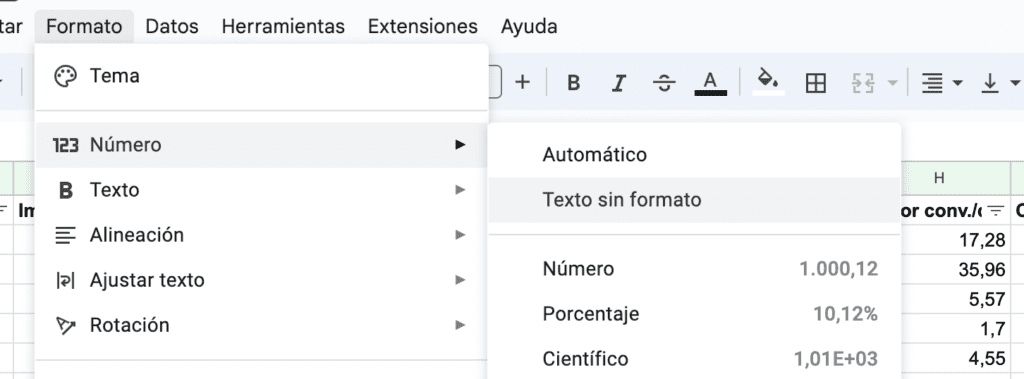

Third Step: Analyzing the Data
With this data cross-referencing, we can identify quick wins to work on in SEO for conversions. Let’s look at specific cases:
The keyword «gardening tools» has interesting figures: a conversion rate of 3.78%, 324 conversions, and an average CPC of $0.58. However, according to data from Google Search Console, we see that its average organic position has been 11.3 in recent months. Therefore, we detect an opportunity for improvement in organic positioning that could positively impact organic conversions. Often, a high CPC can indicate a high conversion potential.
We can also identify optimizations for SEM. For example, for keywords where the average organic position is good (and we have good conversion figures), but the CPC is too high, we could reduce investment for those keywords and redirect it towards keywords where SEO isn’t performing as well. This can help balance spending and improve overall ROI.
In short, identifying these keyword gaps and opportunities will undoubtedly feed into both SEO and SEM strategies. Moreover, if we want to take our strategy to the next level and continue combining SEM and SEO data, we can follow the additional tips below.
Additional SEO Tips
With the data we’ve cross-referenced previously, we can draw many conclusions and propose various optimizations. However, if we want to continue leveraging SEM data, we can follow these tips:
Leverage Landing Pages
Many SEM campaigns implement specific landing pages. Analyze if these types of pages convert better and why, and apply these learnings to pages that are more SEO-oriented. Continuing with the gardening sector example: let’s imagine that a new business line offering online gardening courses has been launched. A Paid campaign has been prepared, and a landing page for that campaign has been created with specific elements. Aspects like specific courses that perform well, CTAs, content quality, etc., can serve as a reference when considering other strategies that aren’t Paid.
Conduct A/B Tests and Analyze the Competition
Leverage SEM data and campaigns to optimize titles and meta descriptions. Analyze and test which versions are generating a higher CTR and apply the winners to your SEO strategy. This might also improve organic CTR.
Similarly, don’t forget to analyze the keywords your competitors are targeting and how they are structuring their ads. This can offer new ideas for content and target keywords.
Últimas Entradas


Cómo analizar la competencia SEO con Sistrix
El análisis de la competencia SEO resulta un proceso fundamental cuando estamos tratando de auditar…
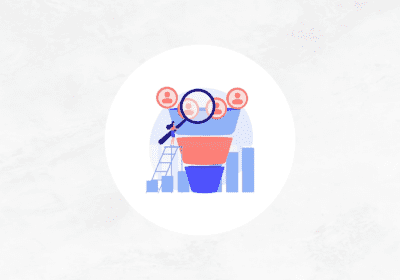

Guía Definitiva para crear un Embudo de Ventas en Google Ads
El embudo de ventas representa el viaje del cliente desde el conocimiento de la marca…
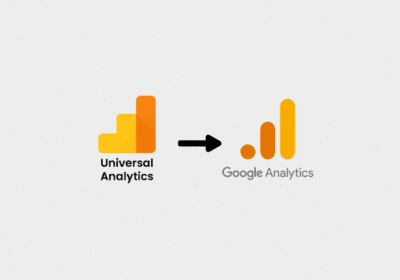

Universal Analytics dejará de funcionar a partir del 1 de julio del 2024. ¿Cómo prepararse?
El 1 de julio del 2024, las propiedades de Google Analytics 4 habrán sustituido por…


Creadores UGC: qué son y qué los diferencia de los influencers
Un estudio realizado por Harris Interactive dice que el 90% de los consumidores toma decisiones…


Sistrix: mejores herramientas SEO
En el mundo del SEO, las herramientas son un factor decisivo para poder ofrecer los…


Cómo crear contenido Evergreen que atraiga tráfico a tu web a largo plazo
Dentro de la creación de contenidos para tu página web, una de las estrategias más…


Qué es Google Discover y cómo usarlo
En el dinámico entorno digital, caracterizado por un flujo constante e incesante de datos, la…


¿Cómo optimizar tus contenidos con Search Generative Experience?
La constante búsqueda de innovación y adaptación define el éxito de las estrategias implementadas por…


Comment marketing: ¿Sabes lo que es?
¿Sueles comentar publicaciones en redes sociales? Si no lo haces, quizás deberías replanteartelo. El comment…


SEO tip estratégico: optimizando conversiones con datos de Paid
Algunos de los más puristas siempre dirán que el SEM (Search Engine Marketing) engloba tanto…


Qué es Search Intent o Intención de Búsqueda
En este artículo veremos qué es el Search Intent, también llamado Intención de Búsqueda. Este…
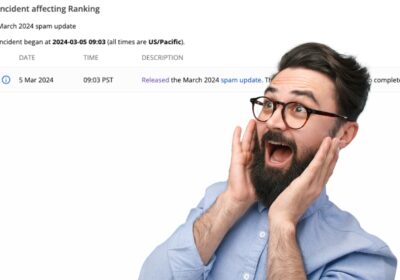

Nuevo Google Core Update con nuevas políticas anti spam
Google ha anunciado el 05 de marzo un core update con el objetivo de limpiar…


Gartner predice una caída de búsquedas en Google del 25% en 2026 por la IA
Gartner, una prestigiosa empresa de publicaciones y estudios, ha pronosticado recientemente la caída en el…


Google Premier Partners 2024: ¿Qué es?
Recientemente, en SEOCOM hemos vuelto a convertirnos en Premier Partners de Google para este 2024.…
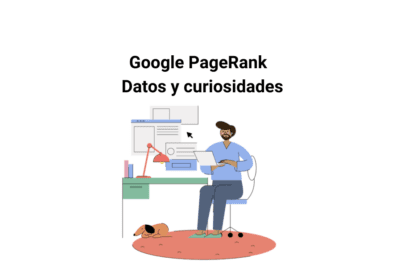

Google PageRank – Datos y curiosidades
PageRank, literalmente “posición de la página” viene del nombre de Larry Page, quien junto con…


Un estudio alerta sobre el impacto de Google SGE en el sector travel
Un reciente estudio de Peak Ace, una agencia alemana, ha explorado recientemente el impacto del…


Informes SEO y LINK BUILDING en Google Analytics 4
Los informes de Google Analytics 4 que os presentamos a continuación pueden ayudaros a visualizar…


¿Qué es el snackable content?
Este enfoque, cada vez más adoptado por marcas y creadores de contenido, es un pilar…


Google compra acceso a Reddit. ¿Veremos todavía más contenido de Reddit en Google?
Si ayer hablábamos de un estudio sobre el contenido de Reddit en los resultados de…


Google lanza nuevos datos estructurados de producto. Las variaciones de producto
Los datos estructurados de producto, que ya son uno de los datos estructurados más completos,…
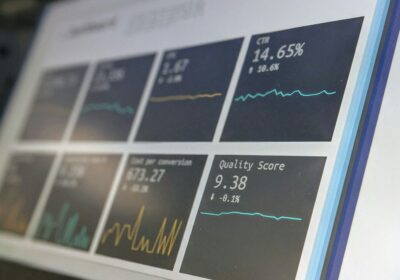

El Adiós a las Campañas de Discovery Ads y la Bienvenida a la Era de Demand Gen
En el cambiante mundo del marketing digital, la adaptación y la evolución son clave para…


Meme marketing: cómo usarlo para tu estrategia digital
Hoy en día, todos estamos buscando esa chispa que haga que nuestras estrategias digitales destaquen…


Cómo iniciar una campaña de mailing exitosa
Si estás dando tus primeros pasos en la creación de campañas de mailings desde cero,…


Pain Point (o puntos de dolor) de un cliente. Así puedes identificarlos
En el amplio mundo del marketing digital, existen muchos factores a tener en cuenta para…


¿Qué es flexbox y cómo utilizarlo?
Flexbox, o Flexible Box Layout, es un modelo de diseño CSS que proporciona una forma…


SEO semántico: qué es y cómo hacer una estrategia
Las palabras son muy importantes en el SEO. Pero igual de importante es su significado.…


Mejores herramientas SEO para 2024
¿Cuáles son las mejores herramientas SEO que puedes utilizar hoy en día?Solo hace falta buscar…


Qué es el EEAT en SEO: guía para optimizarlo
Navegar por el océano del posicionamiento en buscadores puede parecerte una tarea desalentadora. Sin embargo,…


Diseño web responsive con Tailwind CSS
El diseño web responsive se ha convertido en una parte fundamental del desarrollo web en…


Servicios de posicionamiento y SEO. Lo que necesitas y lo que no
A la hora de contactar con una agencia de SEO para solicitar un servicio, la…


¿Qué es el marketing de contenidos?
Content Marketing o Marketing de Contenidos… Este último año hemos oído este término muchas veces,…
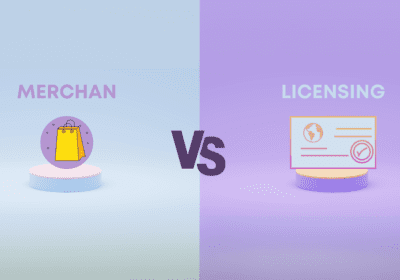

Licensing vs Merchandising: ¿conoces las diferencias?
En el mundo del entretenimiento, la venta de productos relacionados con la ficción o con…


Google presenta «Circle to Search» y «Multisearch». Nuevas maneras de buscar en Android
Google ha presentado recientemente dos novedades para los usuarios de móviles y tablets con sistema…


Google se está cargando a los Quality Raters. ¿La IA tomará el control?
La semana pasada saltaba la noticia. Google está finalizando contratos con las empresas de terceros…


La batalla de los contenidos cortos: TikTok vs YouTube
La competencia en el mundo de las redes sociales ha alcanzado nuevas alturas con la…


¿Conoces el Dark Social?
Los hábitos de los usuarios online se están transformando igual que cambia el funcionamiento de…


Aparecer primero en google. Comparamos recomendaciones de chatBOTS. ¿Los nuevos reyes del SEO?
A pesar de que en SEOCOM somos expertos en SEO a nivel profesional, no ignoramos…


De lead a cliente: Claves para lograr una venta
¿Cómo lograr una venta?Lograr la venta de un proyecto depende de la calidad con la…


Branded Content: todo lo que necesitas saber sobre contenido de marca
¿Por qué ciertas marcas nos vienen a la cabeza cuando nos mencionan un tipo de…


Cómo bloquear el acceso de los bots de IA a tu sitio web
En el lado técnico de tu estrategia de contenidos , la protección de tu página…


Novedades en el SEO local de Google para este año
El SEO local va a seguir siendo este año un pilar fundamental en la mayoría…


Pinterest España: la tendencia para este 2024
La conversación del 2023 estuvo alrededor de TikTok, de cómo las marcas tenían que sumarse…


¿Has oído hablar sobre el FOOH?: la nueva tendencia publicitaria de lo más futurista
En los últimos meses, las grandes compañías han empezado a apostar por anuncios de lo…


Rankings orgánicos de Google y de Google SGE no coinciden el 94% de las veces. Houston, ¿tenemos un problema?
Un reciente estudio publicado sobre el impacto de SGE en los rankings de los resultados…


Análisis de Sentimiento en SEO. ¿Sirve de algo? Usos y herramientas
¿Cómo saber si estamos llegando y conectando con nuestra audiencia a un nivel emocional, más…


¿Son las menciones de marca el nuevo linkbuilding?
Conseguir enlaces para tu sitio web puede ser una tarea ardua y costosa. Muchos profesionales…


El papel del SEO en SGE. ¿El nacimiento del SGEO?
El impacto del nuevo motor de búsqueda de Google, SGE, tendrá unos efectos notables en…


Marketing conversacional: ¿lo conoces?
Marketing conversacional: ¿lo conoces?


Google confirma que el horario de tu negocio tiene impacto en el SEO local y Google Maps
Algunos profesionales del SEO han descubierto recientemente que Google ha reajustado sus algoritmos de búsqueda…


¿Puede el blog de tu empresa aparecer en Google News?
Google news puede ser una muy buena fuente de lectores y usuarios para tu blog.…


Storyselling: vender contando historias
Si no lo has escuchado todavía, el storyselling, o vender a través de contar historias,…


Marketing digital: Claves para afrontar el 2024
Desde luego, viene un año lleno de cambios y novedades por delante. Pero no hay…


NurIA: la influencer virtual experta en marketing
Pese a que suena todavía lejano, crear contenido con inteligencia artificial ya es algo muy…
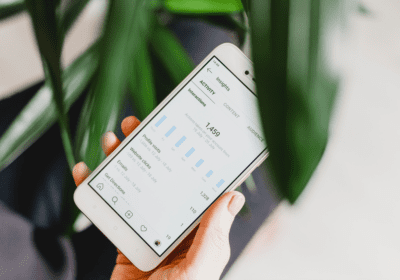

El éxito detrás del marketing de influencers
Si estás buscando generar conexiones significativas con tu público objetivo, crear una campaña con influencers…


SEOcrawl: el software para Reporting y Business Intelligence
Todo experto en SEO que se precie debe trabajar con las mejores herramientas, como es…


La transparencia en el trabajo de una agencia SEO
Cuando se trata de mejorar la visibilidad de una página web,contratar a una agencia de…


Introducción al Content Marketing: por qué es esencial para tu estrategia digital
En este artículo, exploramos la importancia del Content Marketing en tu estrategia digital y cómo…


Las claves del SEO en 2023: últimas tendencias y actualizaciones
Descubre las últimas tendencias y actualizaciones en SEO para el año 2023. Conoce las claves…


Redacción SEO. Una herramienta potentísima que no estas usando. Sistrix Content Assistant
Una de las mejores maneras de incrementar tu tráfico orgánico es a través de la…
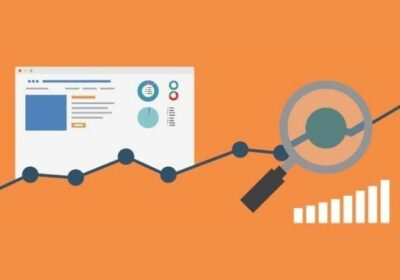

Aprende a analizar el perfil de enlaces de una web con Sistrix
Bienvenidos una vez más al blog de SEOCOM. En esta ocasión, vamos a hablar sobre…


¿Qué es una migración SEO y qué aspectos debemos tener en cuenta?
Las migraciones de sitios web son seguramente una de las tareas más sensibles de ejecutar…


Saca provecho a tus análisis de palabras clave con Sistrix
¿Quieres optimizar tu estrategia SEO y mejorar tu posicionamiento en los motores de búsqueda? Entonces…


Estrategias para mejorar el SEO a través de las redes sociales
Las redes sociales son una herramienta muy poderosa de estrategia de marketing para mejorar el…


Crear un status de proyecto web con Sistrix
Hoy venimos a hablaros sobre como conocer el estado SEO de un proyecto, qué debemos…


Etiqueta rel=“Canonical” en SEO: Qué es y cómo usarla de forma correcta.
Este post, vamos a hablar sobre la etiqueta Rel="canonical", y vamos a mirar de explicarte…
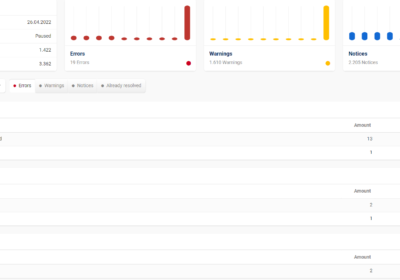

Controla tu proyecto web con Sistrix Optimizer
Como ya sabemos, Sistrix es una herramienta muy potente, y una de las favoritas de…


SEO para SAAS
¿Cuál puede ser la estrategia secreta que hace que una herramienta de diseño gráfico online…


Qué es una Auditoría SEO y cómo llevarla a cabo en el 2023
La auditoría SEO es el pilar de cualquier proyecto de posicionamiento web que vayamos a…


iMacros: Una herramienta para automatizar tareas en 2023
Si quieres ahorrar tiempo con tus tareas repetitivas con el navegador, en Seocom te explicamos…
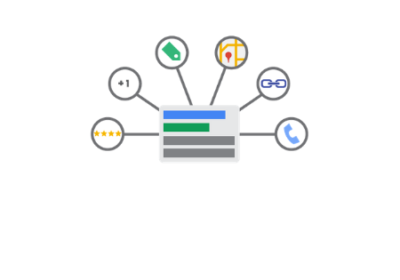

Extensiones de anuncio en Google Ads. Actualizado [2023]
Si tienes creadas campañas en Google Ads y necesitas mejorar el CTR de tus anuncios…


Seo para imágenes. Básicos que no puedes olvidar
Las imágenes e infografías son de gran importancia en el diseño web, ya que es…


▷ Extensiones SEO para Google Chrome imprescindibles
En todo proyecto digital, es de gran importancia la parte que implica el SEO. Por…
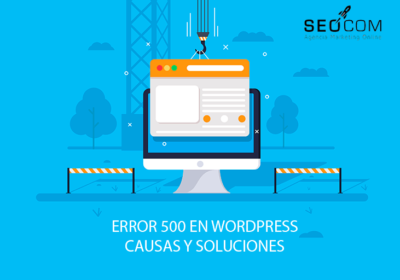

Error 500 en WordPress: Causas y soluciones
¿Estás experimentando algún error de WordPress o te has encontrado con la página en blanco…


Microinfluencers y nanoinfluencers. ¿La solución que estás buscando?
¿Trabajar con todos los tipos de influencers ayudará a tu plan de marketing? La respuesta…


SEO para blogs: Cómo optimizar tus publicaciones
WordPress es sin duda el rey de los CMS. Aproximadamente un 20% de las webs…


Las 5 claves para un buen SEO local
Principalmente vamos a empezar por las preguntas más concretas: ¿Qué es el SEO local? El…


Cómo insertar marcado Schema en WordPress
Si has llegado hasta aquí significa que estás intentando pulir tu SEO para llevarlo a…


Descubre cómo crear un mapa de contenidos en 6 sencillos pasos
Un mapa de contenidos (también conocido como content mapping), nos sirve para saber con exactitud…